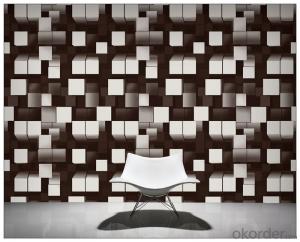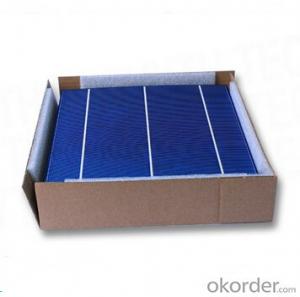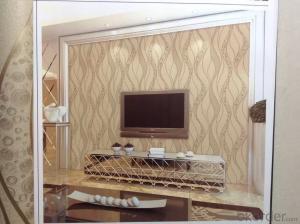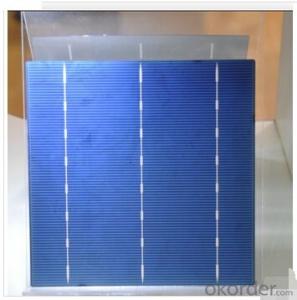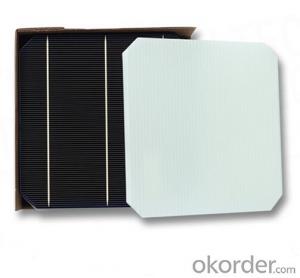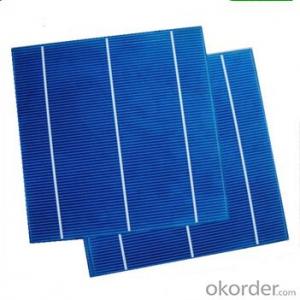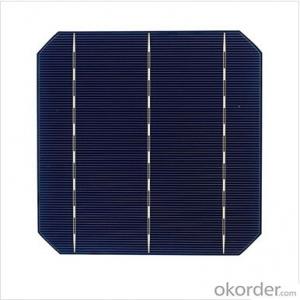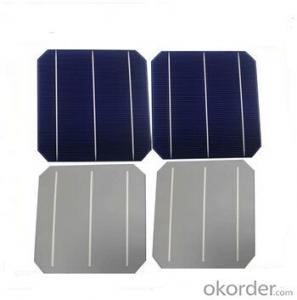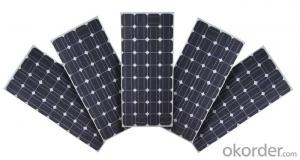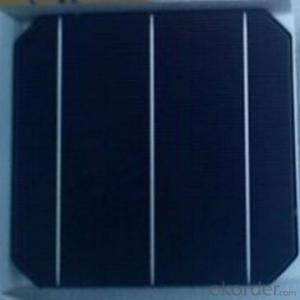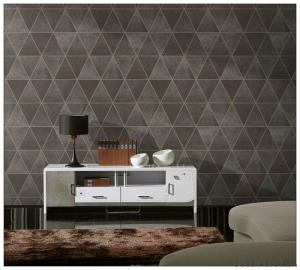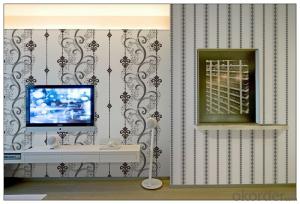3d Solar Cells
3d Solar Cells Related Searches
Raw Material For Solar Cells Roof Shingles With Solar Cells High Quality Solar Cells Light Trapping In Solar Cells High Performance Solar Cells High Output Solar Cells Best Solar Cells In The World Buy Solar Cells In Bulk Encapsulant In Solar Cells Low Light Solar CellsHot Searches
Cheap Solar Cells For Sale Flexible Solar Cells For Sale Printed Solar Cells For Sale Bulk Solar Cells For Sale 6x6 Solar Cells For Sale Broken Solar Cells For Sale Cpv Solar Cells For Sale Price Of Solar Cells Over Time Buy Solar Cells From China Cheap Solar Cells China Best Type Of Solar Cells Flexible Solar Cells Price 3 Types Of Solar Cells Production Of Solar Cells Common Types Of Solar Cells Outdoor Led Screen Manufacturers Sandpaper Manufacturers In India Home Depot Solar Cells N-Type Solar Cells Led Headlight Manufacturers3d Solar Cells Supplier & Manufacturer from China
Okorder.com is a professional 3d Solar Cells supplier & manufacturer, offers integrated one-stop services including real-time quoting and online cargo tracking. We are funded by CNBM Group, a Fortune 500 enterprise and the largest 3d Solar Cells firm in China.Hot Products
FAQ
- Yes, solar cells can still be used in areas with high pollution. While pollution can reduce the efficiency of solar cells by blocking sunlight, advancements in technology have made solar panels more resilient. Additionally, regular maintenance and cleaning can help mitigate the impact of pollution on solar panels.
- The role of anti-reflective coatings on solar cells is to minimize the amount of light that is reflected away from the surface of the cell. By reducing reflection, these coatings allow more light to be absorbed by the solar cell, increasing its efficiency and overall power output.
- Yes, solar cells can be used in disaster relief or emergency response situations. They provide a reliable and sustainable source of electricity, especially in areas where the power grid has been disrupted or damaged. Solar cells can be used to power communication systems, emergency lighting, medical equipment, and water purification systems, among others. Their portability and ease of installation make them an ideal solution in such situations, ensuring that critical services and infrastructure can continue to function even during emergencies.
- Yes, solar cells can be used in telecommunications infrastructure. They can provide a reliable and sustainable power source for various telecom equipment such as mobile phone towers, repeaters, and base stations. Solar cells are particularly suitable for remote or off-grid areas where access to conventional power sources is limited. Additionally, their installation can reduce operational costs and environmental impact, making them an increasingly popular choice in the telecommunications industry.
- Yes, solar cells can be used for military applications. They can provide a reliable and renewable source of power in remote and off-grid locations, reducing the dependency on fuel logistics. Solar cells can be used to power communication systems, surveillance equipment, and even provide energy for soldiers in the field. Additionally, solar-powered devices are silent, making them suitable for stealth operations.
- Yes, solar cells can be damaged by hail or strong winds. Hailstones can impact and crack the surface of the solar panels, impairing their efficiency or causing complete failure. Similarly, strong winds can potentially dislodge or break the panels, leading to damage or displacement. It is important to ensure proper installation and maintenance to protect solar cells from these potential hazards.
- The role of anti-reflective coatings in solar cells is to minimize the reflection of sunlight off the surface of the solar cell, allowing more light to be absorbed and converted into electricity. This improves the overall efficiency and performance of the solar cell.
- My solar cells are broken, can I just buy one and replace it?
- No, you just can not do properly






